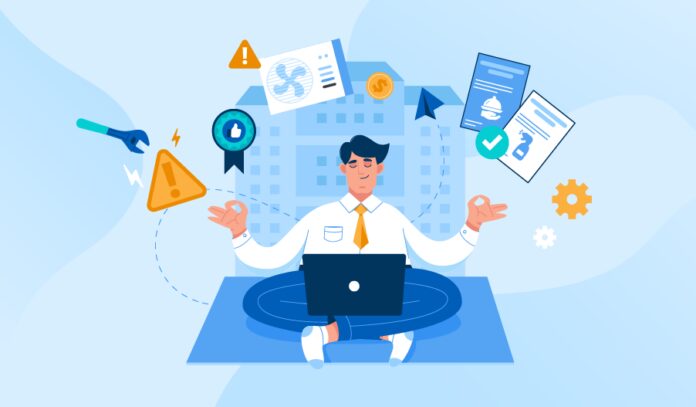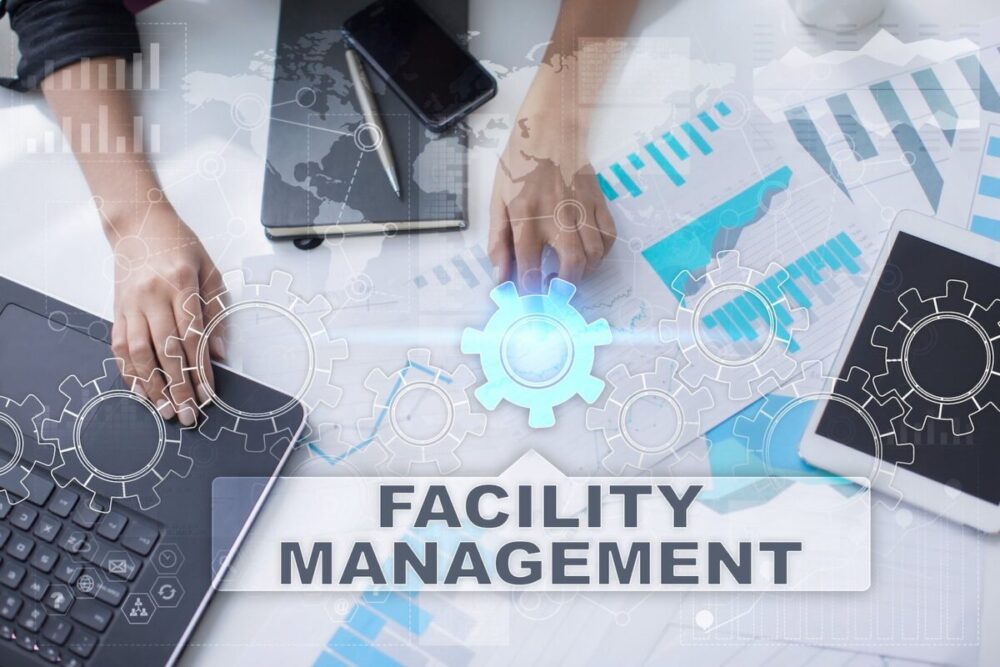
Managing facility reservations and administration can be challenging for school districts, municipalities, and other multi-property owners—especially those that have a community property sharing program in place.
Accurately tracking costs and ensuring that everyone has access to the correct information is a burden for organizations with limited resources, but automating the process can save time and money.
By leveraging technology to manage scheduling, reservations, use analyses, and operating costs can maximize efficiency and centralize data.
Here are some of the features a robust platform can offer:
1. Consolidated programs for reduced licensing fees

Regularly assess your software applications and services to determine those of greatest value and which ones can be phased out. The right platform can keep all of these in one place:
-
- Facility scheduling and reservation management
- Work orders
- Scheduled or preventive maintenance
- Asset management
- Building automation
- Attendance registration and contact tracing
- Actionable cost analyses. Calculating the real-time cost of facility operations is essential to determine and set rental and reservation fee schedules, but it’s challenging. Many platforms give you the capability to use real data from your program to reveal actual facility costs. Some of the data that can be compiled includes:
- Hourly operating costs for each facility type
- Cost-gap analysis for all facilities
- Utilization and cost by community user groups
- Utilization and cost by internal users (sports activities, after-school programs, assemblies, committee meetings, etc.)
Understanding spending and use patterns for each of these categories can help you adjust protocols, better economize, and even increase revenue.
2. Response to external events and trends
The recent pandemic, inflation, and rise in the cost of living are enough to give anyone a headache. Facility operators, particularly those with limited resources, must review budgets and look for places to control or cut costs.
Many jurisdictions mandated pay raises for teachers and staff and, while welcome to the recipients, threw cost management of utility, custodial, security, supplies, and other services into a tailspin. When those cost increases are factored into facility use by outside organizations, it represents additional challenges.
Some facility management programs provide technical support representatives who can advise and make recommendations for responding to and adjusting cost allocations accordingly.
3. Standardized procedures for all sites

Ineffective processes, inconsistent fees, and vague protocols became readily apparent when reservations are received and entered, and worse, as last-minute rental cancellations are allowed. One leading platform provider, Facilitron, tracks ‘policy’ versus ‘actual’ amounts to give facility administrators and account managers immediate access to reservation data and record of approved exceptions. Go Now to their website to learn more.
Creating an efficient, revenue-generating facility management program is a process that will always change and evolve. Although it can be challenging, it’s not impossible with the right tools, technology, and support in place.
Ultimately, a well-run, fully developed facility use program can turn facility use from a cost burden into a revenue generator. A Facilitron partnership gets you there by providing the system and processes needed to collect and analyze facility use data, set goals and then work together to achieve them—turning your operations department into a data-driven, fiscally responsible steward of taxpayer dollars.








